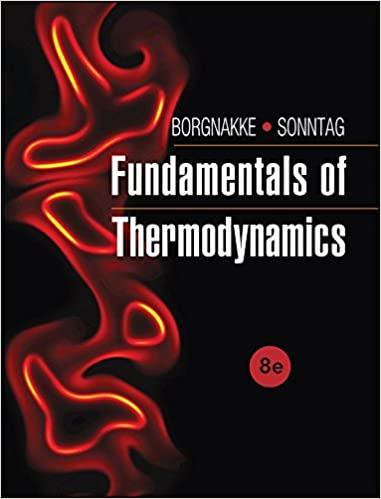Question
A kid is playing tether ball. The 0.4 kg ball is traveling in a circle of radius 3.5 m with speed 6.8 m/s. The ball
A kid is playing tether ball. The 0.4 kg ball is traveling in a circle of radius 3.5 m with speed 6.8 m/s. The ball winds around the pole so that now it is moving in a circle of radius 1 m. What is the ball's speed at that time, in m/s?
A disk of radius 0.3 m has a rotational inertia of 9.7 kg m2 and is spinning at a rate of 35 rad/s. A 33 kg mass, initially at rest, is dropped on to the edge of the disk. Eventually, the disk and mass spin with the same angular velocity. Calculate that final angular velocity, in rad/s.
Consider two disks. One has inertia 22 kg m2 and is spinning at 151 rad/s counterclockwise. The other has inertia 43 kg m2 and is spinning at 291 rad/s clockwise. The disks are coaxial. One disk is dropped on the other, and eventually they spin at the same rate. Calculate that rate, in rad/s.
Consider a merry go round of inertia 492 kg m2 and radius 2.8 m. A person of mass 45 kg stands on the edge of the disk. The system is initially at rest. The person then starts running counterclockwise around the edge of the disk with speed 4.8 m/s (with respect to the ground). Calculate the rate of rotation of the disk, in rad/s.
Step by Step Solution
There are 3 Steps involved in it
Step: 1

Get Instant Access to Expert-Tailored Solutions
See step-by-step solutions with expert insights and AI powered tools for academic success
Step: 2

Step: 3

Ace Your Homework with AI
Get the answers you need in no time with our AI-driven, step-by-step assistance
Get Started


